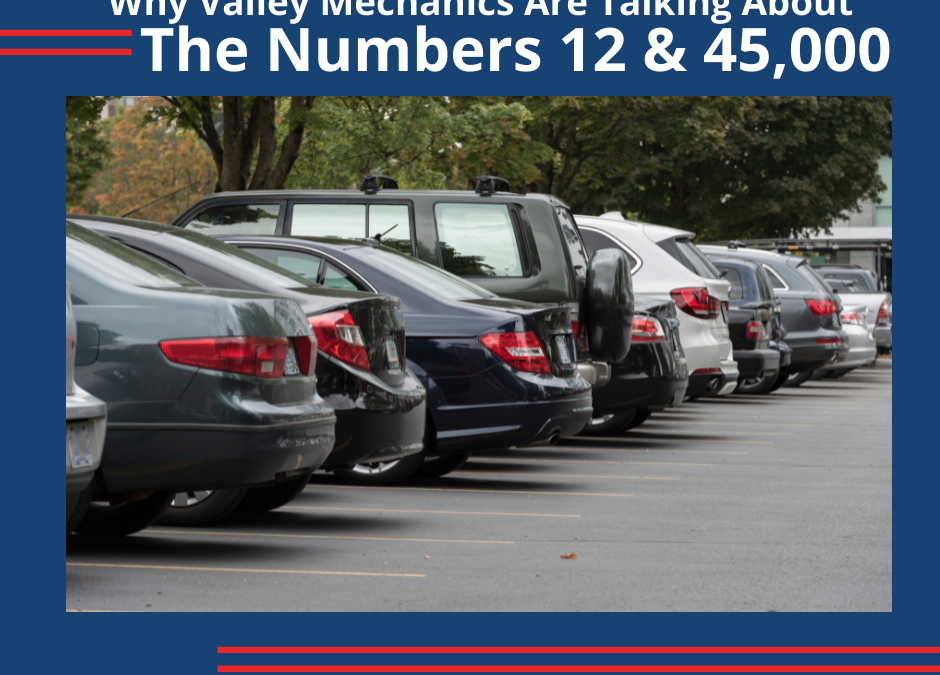With potentially heavy rain heading our way, Neighborhood Auto Repair Professionals (NARPRO) want drivers to be aware of how rain can harm their cars and how to protect them.
Engine failure
– If you drive through floodwaters you risk blowing your engine. If you can’t avoid the water then shut off the engine and have your car towed rather than drive through water.
Electrical systems
– If the rubber molding around your windshield, doors and cab isn’t in good shape, water can seep in and create big problems. It could take a couple months before your electrical systems start malfunctioning or you could flood your engine and experience problems immediately.
Comfort
– If you’re caught in a storm, the cabin filter will likely become contaminated/restricted with dust affecting airflow and air conditioning performance. If you’re driving in a storm, switch your A/C to “recirculate” or “Max” to draw the air from the interior rather than outside.
Performance
– Driving in a storm can drastically shorten the engine’s air filter. Dust can restrict the filter, reducing fuel economy, causing poor performance and, in extreme cases, damage the engine.
NARPRO can demonstrate the following safety checks:
• Check rubber molding and windshield wipers for cracks
• Make sure brakes are working well so you have enough distance to stop on slick roads
• Be sure that brake and headlights are clear and bright
• Check tires for good tread to avoid slipping and sliding







